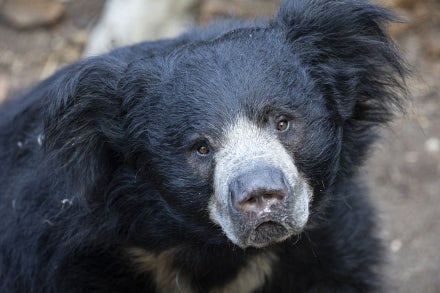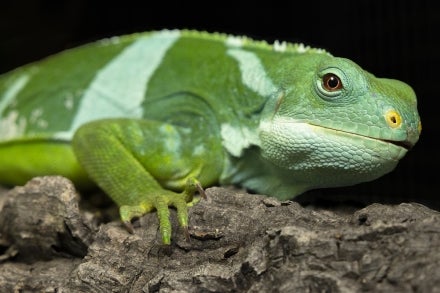Image


 In 2016, the first rhino horn burn in the US was held, at the San Diego Zoo Safari Park.
In 2016, the first rhino horn burn in the US was held, at the San Diego Zoo Safari Park.
BITTERSWEET
On a clear, warm morning last September, flames devoured a pile of contraband at the Safari Park’s Kilima Point, as more than 100 people solemnly looked on. More than $1 million worth of confiscated rhino horn—some packaged as folk remedies, some ornately carved, some in raw pieces—was torched in the first-ever rhino horn burn in the United States. Joined by our conservation partners—the U.S. Fish and Wildlife Service (USFWS) and the California Department of Fish and Wildlife—the burn delivered a strong message to consumers and poachers of rhinos: wildlife trafficking will not be tolerated! Organizations working together are determined to end the poaching threat to rhinos. An average of three rhinos are slaughtered every day in Africa. “The poaching of rhinos in Africa is an international tragedy that is pushing these magnificent creatures to the brink of extinction,” said USFWS Director Dan Ashe, addressing the crowd at the ceremony. “The transience of the smoke we see today from the burning rhino horn reminds us of the fragility of the planet’s most imperiled species. Their survival hangs in the balance, and will continue to do so as long as people are buying and selling illegal wildlife products. Only a rhino needs a rhino horn, and it’s time we all understood that.”
 More then 1,175 rhinos were illegally slaughtered in South Africa in 2015.
More then 1,175 rhinos were illegally slaughtered in South Africa in 2015.
RATE OF POACHING UNSUSTAINABLE
The slaughter of African rhinos has dramatically increased in the past decade, from about 20 killed annually to more than 1,175 rhinos killed in South Africa alone in 2015. Clearly, this is not sustainable. The uptick in poaching is largely due to the misguided notion that rhino horn contains some medicinal properties, when in fact, it is made of keratin, like our hair and fingernails. Vietnam and China are the main markets for rhino horn folk remedies, prescribed for ailments like laryngitis, cancer, and headaches, as well as consumed as an aphrodisiac. Additionally, objects made of rhino horn have increasingly become “status symbols” to flaunt wealth. These consumer forces have caused the black market value of rhino horn to skyrocket, and violent poaching and smuggling to reach unprecedented levels. There are only 3 northern white rhinos surviving today.
There are only 3 northern white rhinos surviving today.
 POACHING IS MURDER
POACHING IS MURDERUnbeknownst to many, the US is one of the largest consumers of smuggled wildlife and wildlife products, including rhino horn. Rhino horn is made of keratin, the same material as our hair and fingernails.[/caption]
 3 of 5 rhino species are critically endangered due to rampant poaching: black, Sumatran, and Javan.
3 of 5 rhino species are critically endangered due to rampant poaching: black, Sumatran, and Javan.




